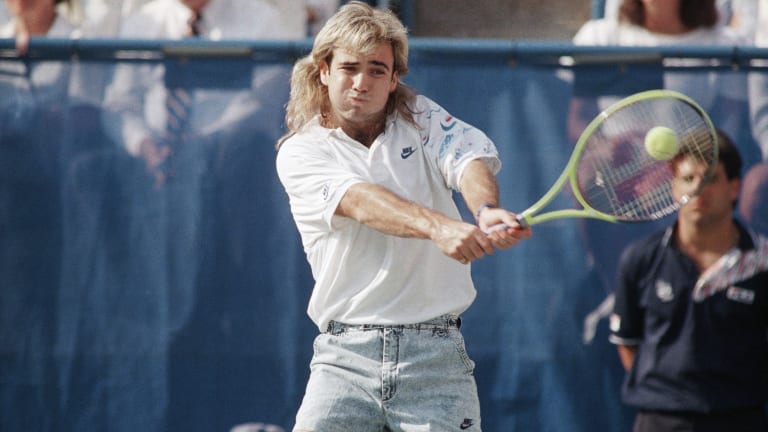It reminds me of those Vegas windstorms, the kind that begin with a faint, ominous rustling of leaves, and ultimately turn into high-pitched, gale-force, three-day blows.”
This was how Andre Agassi described what it was like to begin hearing a soon-to-be-infamous three-word slogan shouted at him by fans in the summer of 1989. The problem was, the soon-to-be-infamous slogan was one that had come out of his own mouth.
A few months earlier, on the set of a commercial in the Nevada desert for a camera called the Canon Rebel, Agassi had been instructed to step out of a white Lamborghini, lower his sunglasses and utter the words, “Image is everything.”
“Image is everything?” Agassi asked the director.
“Yes. Image is everything.”
Agassi shrugged and did as he was told. But it would be a long time before he shrugged off what those three, seemingly innocuous words came to represent.
